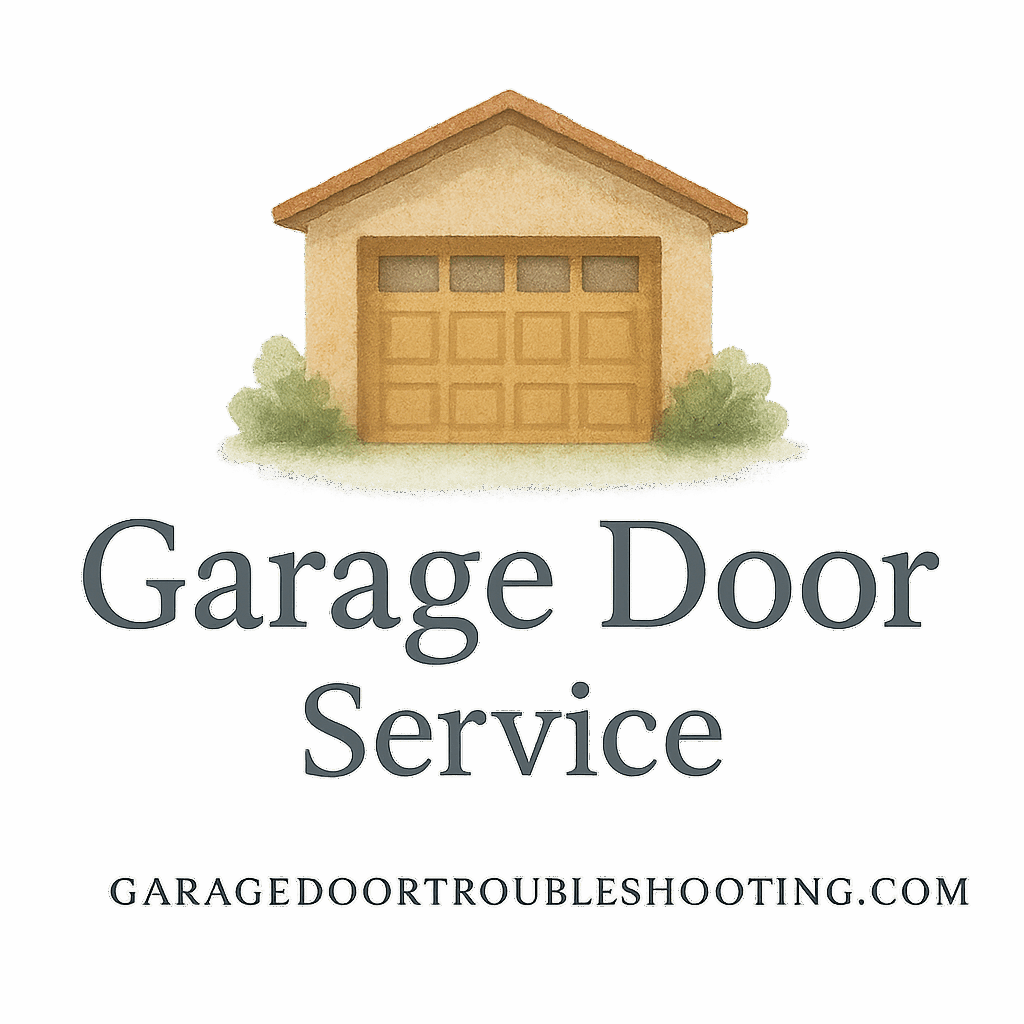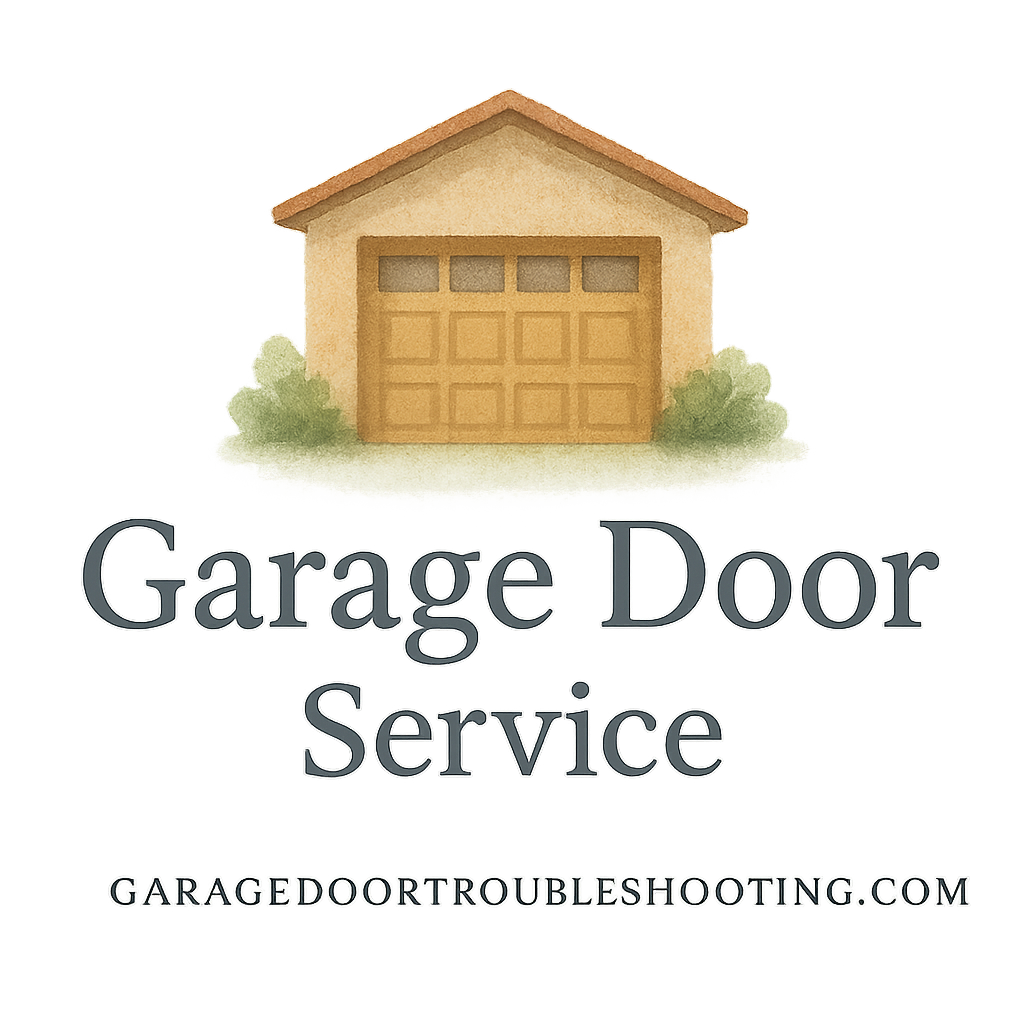Introduction: Why Roller Garage Door Repairs Need Attention
Ever heard that awful screech when your roller garage door opens? Or maybe you’ve noticed it doesn’t glide as smoothly as it once did? These are red flags you can’t afford to ignore. Roller garage doors are fantastic for saving space and offering easy access, but like any mechanical system, they need regular love and attention. Ignoring repairs could lead to costly breakdowns—or worse, safety hazards.
That’s why we’re diving deep into 12 expert tips for smooth roller garage door repairs. Whether you’re a DIY enthusiast or someone who prefers calling in the pros, this guide will help you keep your door working seamlessly while protecting your home and family.
Understanding Roller Garage Doors
How Roller Garage Doors Work
Roller garage doors are made up of interconnected slats that roll neatly into a drum above the opening. Unlike traditional doors that swing out or slide, these doors move vertically, making them a favorite for modern homes with limited driveway space.
A roller garage door’s smooth performance depends on rollers, tracks, springs, and an opener that all need to be in sync. When one part fails, the whole system feels the strain.
Common Issues Homeowners Face
Some typical problems include:
- Rollers slipping out of alignment
- Tracks bending or clogging with debris
- Worn-out springs making lifting difficult
- A noisy or unresponsive garage door opener
Knowing these issues helps you spot small signs before they snowball into expensive headaches.
Preparing for Roller Garage Door Repairs
Essential Safety Precautions
Before you grab a wrench, pause. Garage doors are heavy and under tension, especially around the springs. Mishandling them can cause serious injuries. Always:
- Disconnect the opener’s power supply
- Wear protective gloves and safety glasses
- Keep kids and pets away from the workspace
For more detailed safety tips, check out garage door safety and security.
Tools You’ll Need Before Starting
Get your toolkit ready with:
- Screwdrivers and wrenches
- Pliers
- Lubricants (silicone-based preferred)
- Replacement rollers or weatherstripping
- Cleaning cloths and mild detergent
Having everything on hand makes repairs smoother and less frustrating.
Expert Tip #1: Inspect the Tracks Thoroughly
Start with the tracks—these guide your rollers and must be perfectly aligned. Look for dents, bends, or rust spots. If you see damage, gently tap them back into place with a rubber mallet. Severe issues may need replacement parts from a garage door repair guide.
Expert Tip #2: Lubricate Moving Parts Regularly
A squeaky roller door screams for lubrication. Use silicone or lithium-based grease on rollers, hinges, and springs every few months. Avoid thick oils—they attract dirt like a magnet, causing buildup and more friction.
For a handy routine, explore garage door maintenance tips.
Expert Tip #3: Check the Rollers for Wear and Tear
Rollers take the most beating. If they’re cracked, chipped, or wobbling, replace them immediately. Nylon rollers are quieter than metal ones and often last longer—perfect for smooth operation.
Expert Tip #4: Tighten All Loose Bolts and Screws
Over time, the constant vibration from opening and closing shakes things loose. Go over the entire system and tighten screws and bolts. Pay extra attention to brackets and hinges holding the door in place.
Expert Tip #5: Replace Damaged Weatherstripping
The rubber seal at the bottom keeps out dust, pests, and water. If it’s cracked or missing, your garage door loses efficiency. Replace it to protect both your door and your stored items.
Expert Tip #6: Test the Garage Door Balance
An unbalanced door puts strain on the opener and rollers. To test:
- Disconnect the opener.
- Manually lift the door halfway.
- If it stays put, it’s balanced. If it falls, the springs may need adjustment.
Spring adjustments are risky, so consider calling a garage door services professional.

Expert Tip #7: Examine the Garage Door Opener
The opener is the brain of your roller door. Listen for grinding noises or sluggish responses. If the opener strains to lift the door, it could mean misaligned tracks or failing springs—not just a motor issue.
Expert Tip #8: Keep the Remote and Sensors in Check
Sometimes, the issue isn’t mechanical at all. Dead batteries, dirty sensors, or misalignment can prevent smooth operation. Clean sensor lenses regularly and replace remote batteries once a year.
Expert Tip #9: Clean the Tracks and Door Panels
Dust, leaves, and cobwebs easily clog the tracks. Wipe them clean with a damp cloth and mild detergent. Don’t use harsh chemicals, as they can damage protective coatings. A clean track equals a smoother glide.
Expert Tip #10: Know When DIY Becomes Dangerous
Sure, DIY repairs save money, but some fixes—like spring replacement—are outright dangerous. If you’re not confident, stop and call in an expert. For guidance, check out the DIY vs dangerous repairs section.
Expert Tip #11: Schedule Professional Maintenance
Even if you’re a hands-on homeowner, nothing beats a professional’s trained eye. Regular checkups prevent minor issues from becoming major ones. Look for a trusted garage door service provider in your area.
Expert Tip #12: Create a Long-Term Maintenance Plan
Repairs shouldn’t just be a once-in-a-while event. Set up a seasonal checklist—lubrication in spring, track cleaning in summer, balance testing in fall, and weatherstripping in winter. See more advice on building a maintenance plan.
Common Mistakes to Avoid in Roller Garage Door Repairs
Skipping Small Issues That Escalate
A small squeak today could mean a snapped spring tomorrow. Don’t ignore early warning signs.
Using the Wrong Replacement Parts
Always use parts designed for your door model. Cheap or mismatched parts can create more problems.
Benefits of Regular Roller Garage Door Maintenance
Safety for Your Family and Property
A well-maintained door reduces risks of accidents, protecting kids, pets, and vehicles. For more family-centered advice, explore our childproof and family tips.
Saving Money on Costly Repairs
Catching problems early prevents wallet-draining emergencies. Think of maintenance as insurance for your garage door.
Choosing Between DIY vs Professional Garage Door Repairs
DIY is great for small fixes like cleaning or lubrication. But when springs, cables, or electrical issues pop up, don’t gamble. Hiring a professional ensures safety and lasting results.
Conclusion
Roller garage doors are reliable, but only if you treat them right. By following these 12 expert tips for smooth roller garage door repairs, you’ll not only extend your door’s lifespan but also keep your home safe and secure.
From cleaning and lubrication to knowing when to call in the pros, staying proactive is the real secret. Treat your garage door like the valuable investment it is, and it’ll serve you faithfully for years.
For more insights, don’t forget to visit Garage Door Troubleshooting and explore guides on installation advice, repair tips, and safety precautions.
FAQs
1. What are the signs that my roller garage door needs repair?
Look for jerky movement, grinding noises, or a door that doesn’t stay in place.
2. How often should I lubricate roller garage door parts?
Every 3–4 months is ideal, depending on usage.
3. Can I replace garage door rollers on my own?
Yes, if you’re comfortable with tools. But if the door is heavy or misaligned, call a pro.
4. What’s the average cost of roller garage door repair?
Basic repairs cost $100–$300, while major fixes like spring replacement can exceed $500.
5. How do I keep my garage door safe for kids?
Install childproof locks, keep remotes out of reach, and test safety sensors regularly.
6. Should I replace or repair an old roller garage door?
If repairs cost more than half the price of a new door, replacement is usually smarter. See our buying guide.
7. Where can I find professional garage door services?
Check local garage door service providers or visit Garage Door Troubleshooting’s service professionals page.


